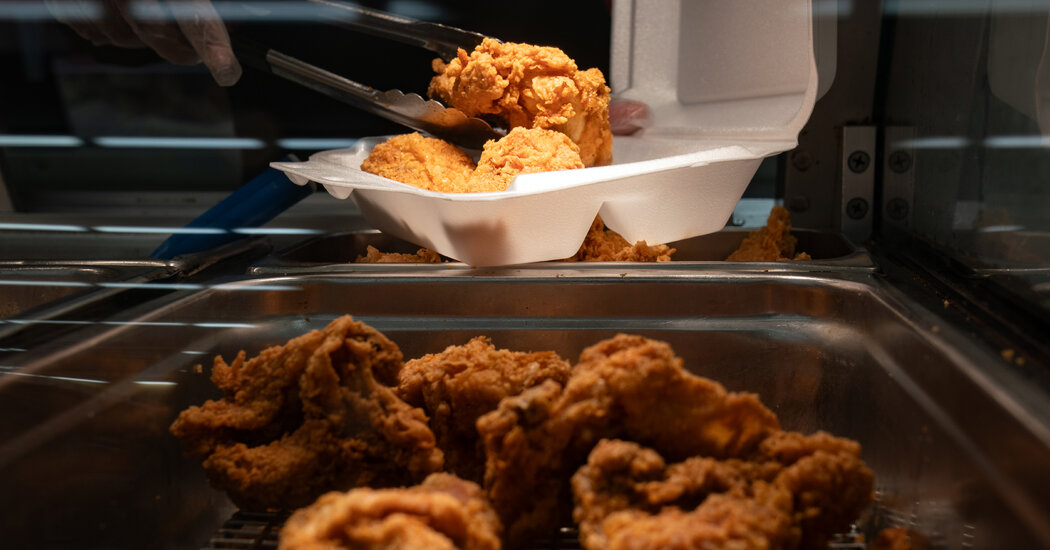- cross-posted to:
- [email protected]
- cross-posted to:
- [email protected]
These transformations are tied to the changing American diet. Since the early 1980s, America’s per-person cheese consumption has doubled, largely in the form of mozzarella-covered pizza pies. And last year, for the first time, the average American ate 100 pounds of chicken, twice the amount 40 years ago.


A lot of our problems lie with food distribution, not production, and poor use of water. We could support a larger population if we fix both.
That’s only somewhat true. We’ve basically prioritized quantity (and pest resistance) over quality, and foods are still quite nutritious. If you eat a varied diet, you should get plenty of nutrition even with the worst of it.
Maybe in ways that don’t really matter. Beef, for example, is produced from non-nutritious source foods, like grass, cows are just good at extracting what little nutrition they have. We don’t eat meat for the micronutrients, we eat it for proteins and fats, and fill in the rest with plant based foods. Chicken and pork will have a bigger impact since they actually eat foods we grow, but even then we don’t generally expect micronutrients from meats.
Meat requiring large amounts of water is the real problem here. If we significantly reduce the amount of meat we produce, we’ll have lots of water to allocate toward more nutritious plant based foods.
That’s some BS the eco people spread to scare people into being more eco friendly. The Earth absolutely has the resources to sustain our population and beyond, we just really suck at managing it. If we can switch energy and food production to be more efficient and convert business and residential areas to use less water and electricity, we’ll have plenty for even higher population numbers. But we need to make the step.